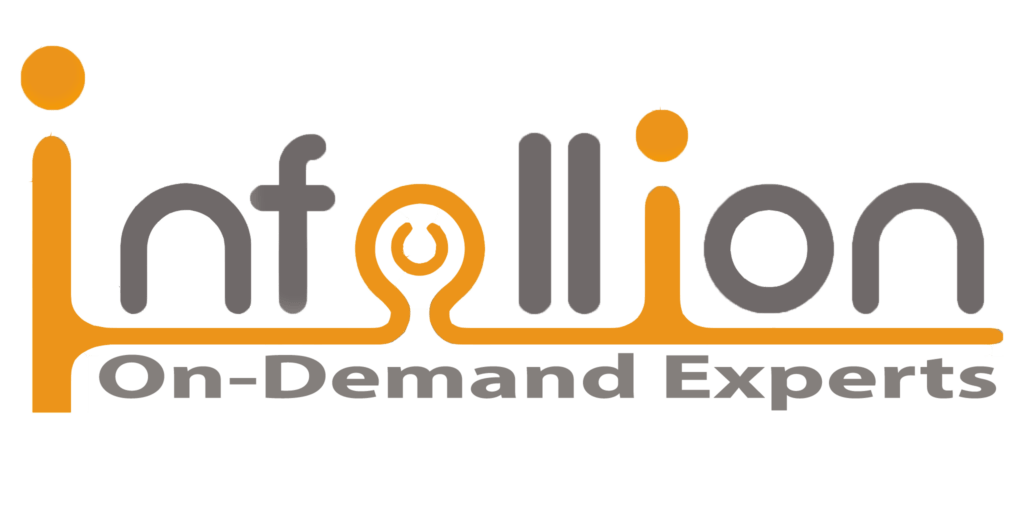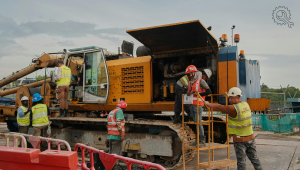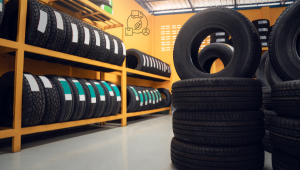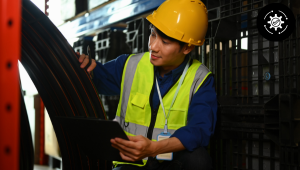Program Overview
This program equips technical, manufacturing, and sustainability professionals with the knowledge and tools to implement circular economy principles across the tyre lifecycle. Participants will explore global ELT (End-of-Life Tyre) recycling technologies such as pyrolysis, devulcanization, and recovered carbon black (rCB), and learn to design for recyclability using advanced materials and sustainable fillers. The workshop blends conceptual insights, case-based discussions, and simulation exercises to help teams develop closed-loop business models and identify actionable initiatives aligned with EPR compliance, ESG targets, and zero-waste manufacturing goals. By the end of the program, participants will be able to bridge sustainability and profitability while driving CEAT’s circular transformation agenda.
Features
- Comprehend the full circular value chain for tyres from design to recovery
- Evaluate recycling technologies (devulcanization, pyrolysis, rCB) for technical and economic viability
- Design tyres and processes that improve material circularity and compliance
- Develop business and partnership models for sustainable end-of-life tyre management
Target audiences
- R&D Professionals
- Process Engineers
- Manufacturing and Operations Professionals
- ESG and Sustainability Professionals
- Supply Chain & Procurement Managers
- EHS & Compliance Professionals
Curriculum
- 6 Sections
- 37 Lessons
- 1 Day
- Circular Economy Principles in Tyre Manufacturing7
- 1.17 Rs of Circularity – Reduce, Reuse, Recycle, Recover, Redesign, Refurbish, Repurpose
- 1.2Closed-loop supply chain design and reverse logistics
- 1.3Linear vs. Circular models: cradle-to-grave → cradle-to-cradle
- 1.4Material Flow Analysis (MFA) and Circularity Index (CI)
- 1.5Global frameworks: EU Circular Economy Action Plan, India EPR rules (2022)
- 1.6Sustainability roadmap and growing focus on end-of-life tyre management partnerships.
- 1.7Interactive Exercise: Map the “Tyre Lifecycle Loop” — from raw material sourcing to recycling touchpoints.
- End-of-Life Tyre (ELT) Management & Recycling Technologies9
- 2.1Mechanical Recycling: Shredding, granulation, crumb rubber production
- 2.2Devulcanization: Reversing cross-links to reclaim base polymer (microwave, chemical, mechanical)
- 2.3Pyrolysis: Controlled thermal decomposition to recover oil, gas, steel, and carbon black
- 2.4Recovered Carbon Black (rCB): Substituting virgin carbon black in new compounds
- 2.5Chemical Recycling: Solvolysis and depolymerization innovations
- 2.6Process yields, economics, and environmental trade-offs
- 2.7Case Study- Pilot exploration of tyre pyrolysis tie-ups
- 2.8Case Study- Chemical devulcanization for rubber reclaim
- 2.9Exercise: Compare lifecycle CO₂ savings between pyrolysis, devulcanization, and landfill scenarios using a given dataset
- Designing for Circularity – Materials & Product Redesign7
- 3.1Design-for-disassembly (D4D) concepts
- 3.2Modular tyre construction and retreadable casings
- 3.3Lightweighting & sustainable fillers enabling recyclability
- 3.4Compatibility between virgin and reclaimed rubber compounds
- 3.5Green material certifications – ISCC+, RSPO, bio-based standards
- 3.6Industry based examples: Airless tyre | tyre (90 % sustainable content)
- 3.7Exercise: Redesign a passenger-car tyre for 50 % material circularity – participants propose compound and design adjustments.
- Business Models & Policy Drivers for Circular Value7
- 4.1Extended Producer Responsibility (EPR) mechanisms
- 4.2Deposit-refund and buy-back schemes for ELTs
- 4.3Reverse logistics & partner ecosystem creation
- 4.4Carbon credit and waste-to-energy monetization models
- 4.5ESG disclosures and sustainability reporting (BRSR Core, TCFD linkage)
- 4.6Potential for Dealer Network-based tyre take-back program
- 4.7Interactive Exercise: Design a “Circular Business Model Canvas” outlining stakeholder incentives and KPIs
- Technology Roadmap & Global Best Practices5
- 5.1Continental’s ContiRe retreading ecosystem
- 5.2Goodyear’s “RecycleForce” initiative for rubber reclaim
- 5.3AI-based sorting and RFID traceability of recycled materials
- 5.4Blockchain for material provenance and compliance tracking
- 5.5Exercise: Rank technologies by feasibility vs. impact for context (quick prioritization matrix)
- Action Planning & Road to Circular Excellence2






